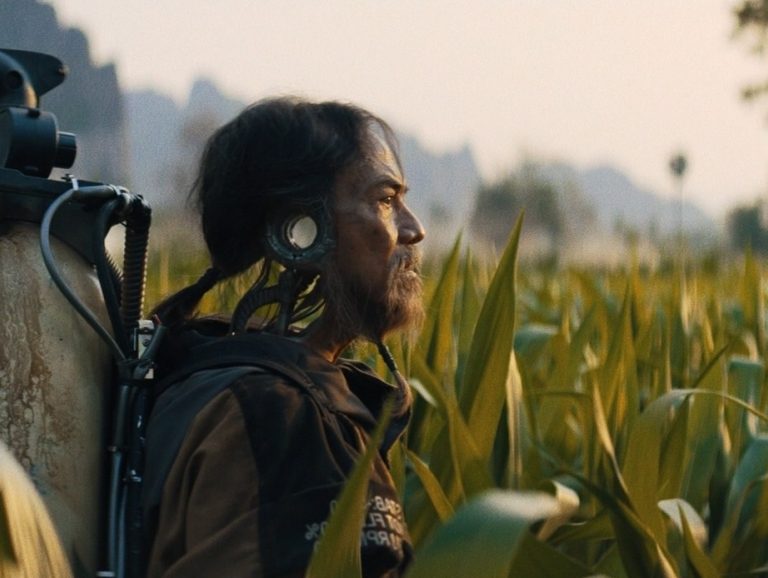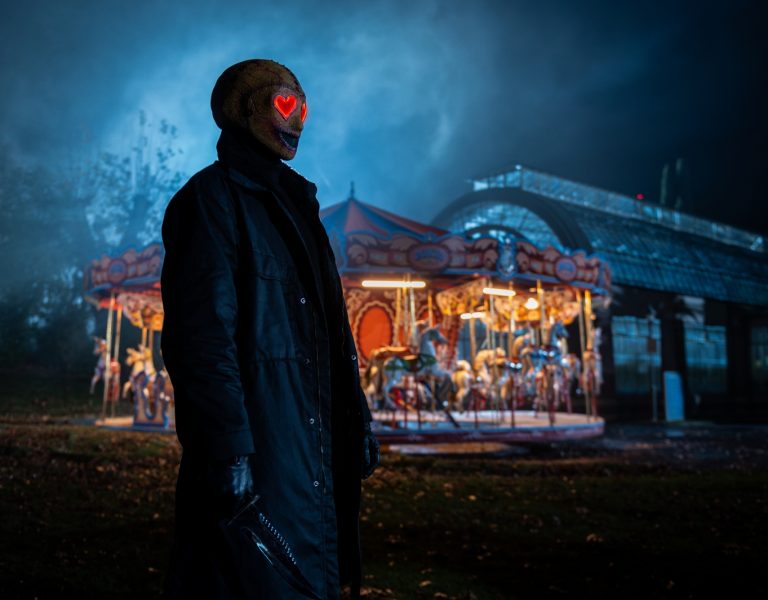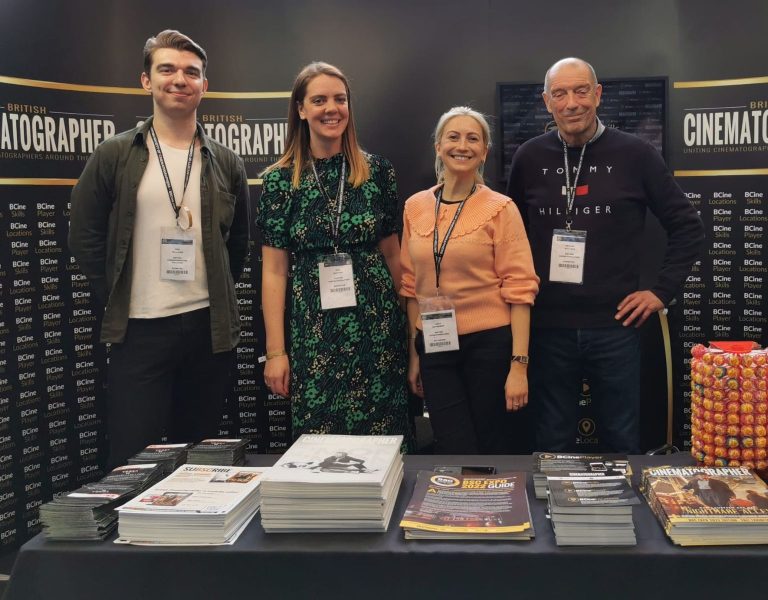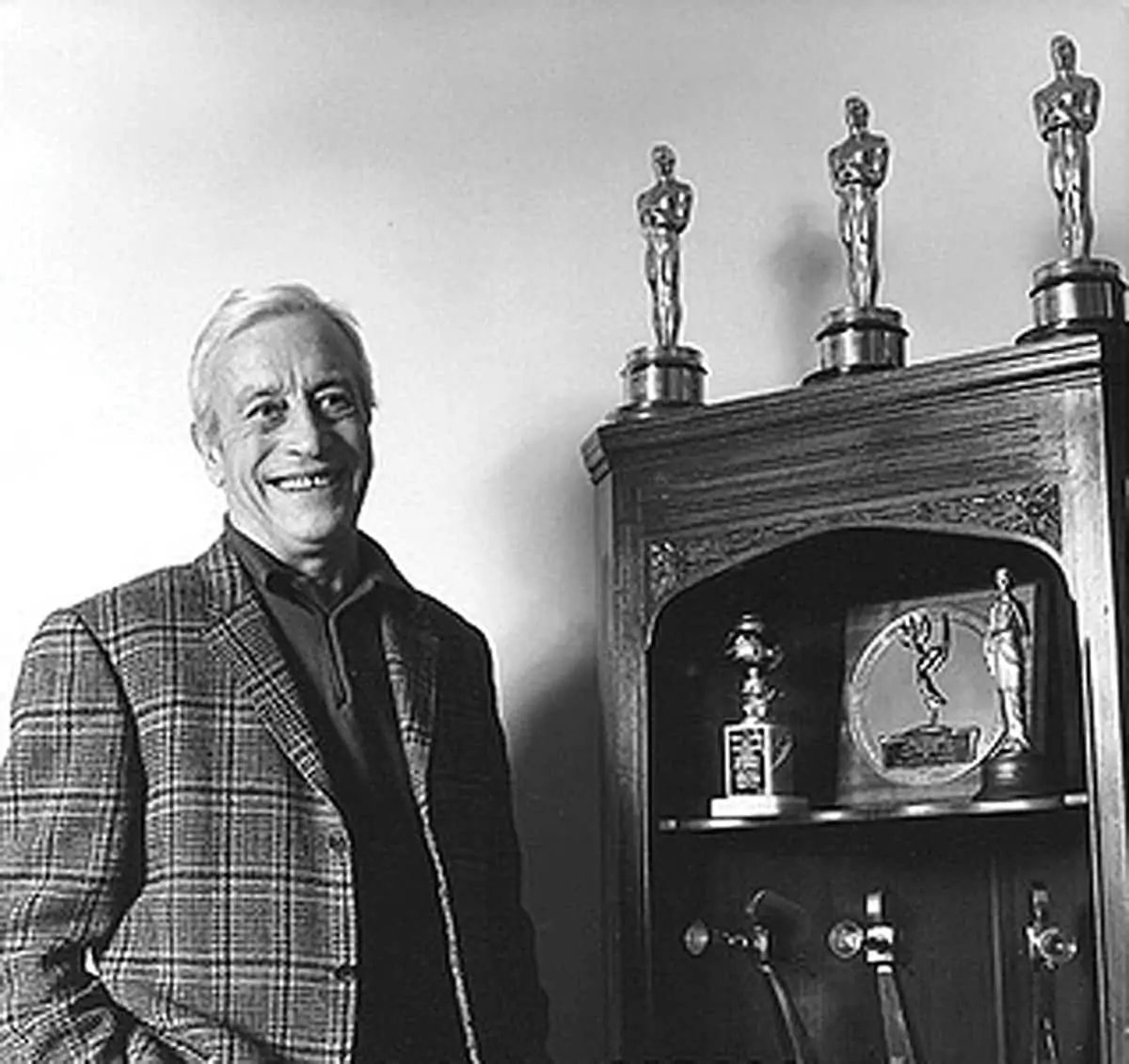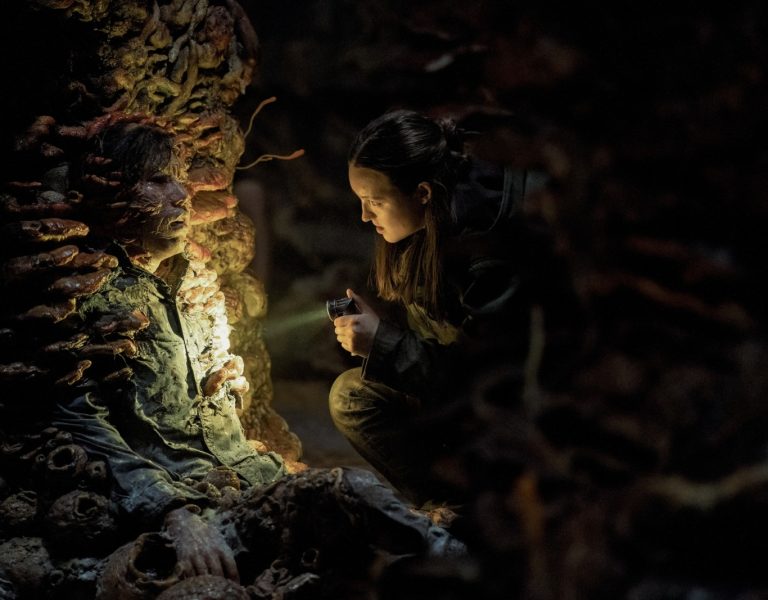Lifelong love
Nick Dance BSC grew up watching Doctor Who in the ’60s; now, he’s one of the beloved show’s cinematographers as it celebrates six decades on our screens.
David Tennant’s Doctor and Catherine Tate’s Donna continue their romp through the Whoniverse in “Wild Blue Yonder”, described by Tennant himself as “shocking… unlike any episode ever”. Nick Dance BSC shares a fascinating insight into his work on this complex episode, including the challenges of lighting their spaceship set and working with the Doctor and Donna’s doppelgangers.
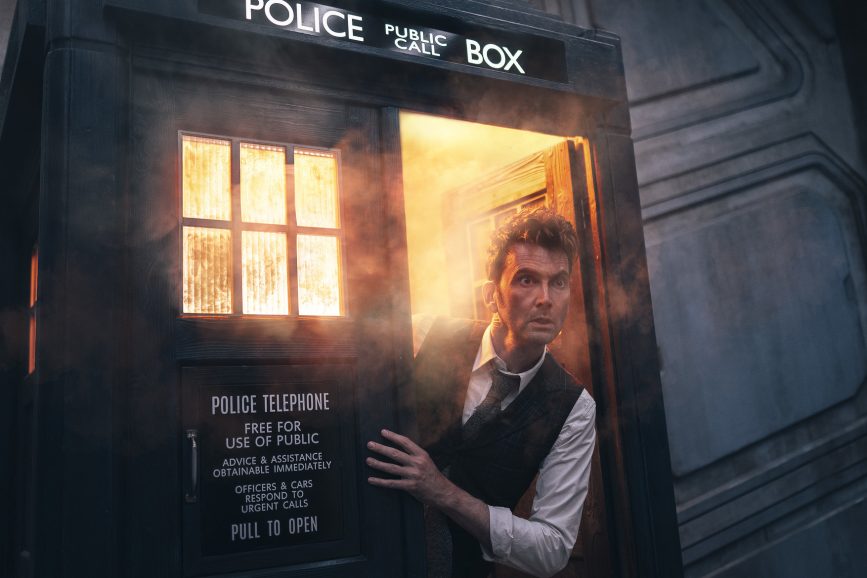
British Cinematographer: How did you get involved with your Doctor Who special episode? Have you worked on the series before?
Nick Dance BSC: I had a call from executive producer Phil Collinson to shoot episode two of the 60th anniversary specials. I’d worked with Phil previously on Gentleman Jack. I had worked on Doctor Who in the past, but it was a pre-title shoot of the regeneration of the Doctor to Matt Smith; I’d never shot a whole episode.
BC: What appealed to you about lensing the Time Lord’s latest outing?
ND: As a youngster I remember watching Doctor Who back in the ’60s and as a British institution and the longest-running TV sci-fi series, and to celebrate its 60th anniversary, it was a no-brainer to say yes! Plus, although I have shot sci-fi in the past, I tend mainly to do contemporary or period costume drama which is usually based in realism, especially in lighting, so it is great to be able to shoot something more fantasy-based.

BC: Tell us about your collaboration with your episode’s director, Tom Kingsley. What made your work together so successful?
ND: Although it was my first outing with director Tom Kingsley, we were on the same page from the very beginning. We had a nice long prep time together. It was quite complicated technically; we had a fair bit of green screen and we used a system called Mo-Sys that enabled us to see the backgrounds in real time superimposed over green screen images of the actors on partial sets. Wherever we pointed the camera in the space we had the appropriate background on the monitor, which matched lens size and perspective. This was very helpful for composition and lighting, plus it was useful for the actors to see the space they were moving in. Tom was great with pre-viz; we did lots of test shooting, not only on the Alexa LF but also on iPhones. Then Tom would edit the sequences together on his laptop.
BC: Take us back to your initial conversations with the director. What was their vision for the episode and what new ideas or perspectives did you bring to the table?
ND: The scripts and sets were pretty much set when we came aboard. Russell T Davies is very specific/descriptive in his scripts, so there were lots of cues there already. But then had to execute them, put them on the screen, and there were some quite challenging scenarios. We very much wanted it to be believable and as things developed, we were both able to discuss our ideas together and present them to the execs. At all stages of prep we had the opportunity to input our ideas; some made it in others didn’t, but it did make it a very creative process to discuss options and to think outside the box.

BC: Can you run us through your prep? How long did you have and how did you use it?
ND: It was a very generous prep period for a one-hour episode of around 10 weeks. But I think it’s always essential for the DP to be on the project as early as possible. To be in collaboration with the production designer right at the outset, which is absolutely vital, especially for lighting. As the whole episode takes place on a spaceship on the edge of the universe where no sunlight penetrates, all the lighting had to be from inside and built into the sets. Our production designer Phil Sims had already thought ahead about this, but it still needed considerable input from me to make suggestions and adjust the sets accordingly. We used an extensive amount of Astera Titan and Hyperion LED tubes thought the sets.
BC: When and where did filming take place?
ND: July 2022 at Wolf Studios Wales, Cardiff.
BC: What did your camera package comprise and why was this kit chosen?
ND: We used the ARRI Alexa LF with Zeiss Supreme primes. Special one DP Matt Gray BSC (“The Star Beast”) chose this package. The lenses are lightweight and are colour-matched throughout the substantial lens range. They have a very fast T stop and a forgiving quality to the image, but also excellent for VFX. The LF has a very cinematic quality with a soft, beautiful and filmic focus fall off.

BC: How did you collaborate with the VFX team to achieve the show’s visual splendour?
ND: When there are so many visual effects involved it is essential you have a good rapport with the VFX producer and the on-set VFX team. With this episode we had Mo-Sys, as mentioned above, so this was quite a steep learning curve with many meetings and tests to get the command of it. We were also working with Unreal Engine technology which is developed from gaming software for our virtual backgrounds.
BC: What was the most technically challenging scene/sequence/shot to capture and how did you pull it off?
ND: We had a hover cart chase with our “normal” Doctor and Donna being chased by their ever-growing doppelgangers at high speed. There were many VFX elements to shoot for this sequence. It needed at least three layers to make it into one fully composited shot/sequence. The first was the cart, which was shot static on a 360-degree gimbal for it to spin at an angle against a green screen. For movement, we moved the camera rather than the cart, using a Technocrane to be with the Doctor and Donna as they were travelling. When they overtook the camera, we used the telescopic arm to simulate the cart whizzing past. The lighting had to be designed to give the effect of a moving vehicle, much like that in a road tunnel with the lights flashing by above, but they had to be varied in speed to match the speed of the cart, from a standing start to high speed and to stop. We had a rig of Vortex lamps on chases to simulate this. The next layer was of the larger-than-life and scary doppelgangers of the Doctor and Donna chasing the cart; again this was shot separately against green screen, but the lighting and action needed to match the cart shots, so the Vortex array needed to be synchronised to match the cart action. The third and final layer of the “sandwich” was the moving corridor/tunnel background which was a total virtual build.

BC: Who did the grade and how involved were you in it?
ND: The grade was at Company 3; the colourist is Gareth Spensley who is a veteran of Doctor Who and has graded over 80 episodes.
BC: What did you enjoy most about the shoot?
ND: I think the challenge of putting on the screen Russell’s very creative imagination and giving him that vision and hopefully more. It was great to work through the challenges which needed total collaboration with all departments. Although seemly complicated at first, it was also great to get command of the Mo-Sys system and work in the virtual world, something that we’re seeing more and more of filmmaking today.



